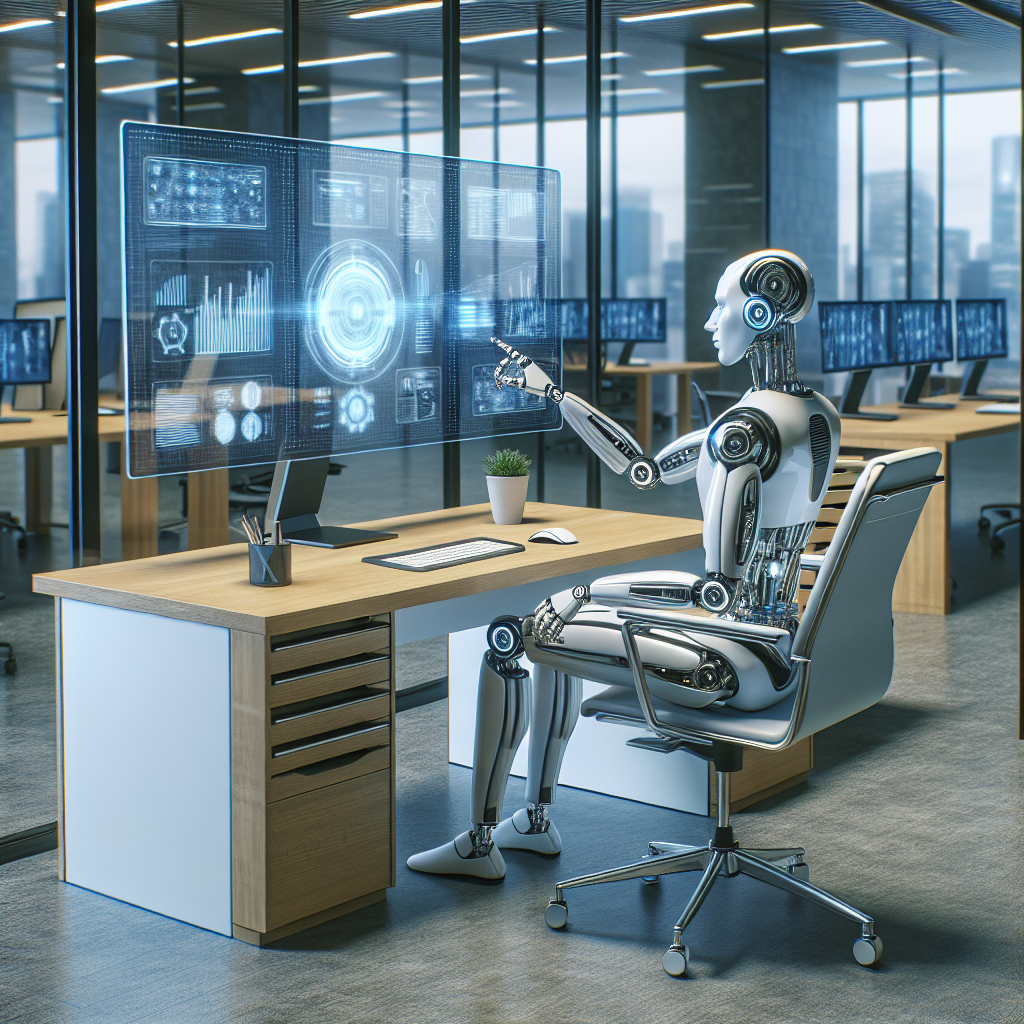IBM’s Bold Move in 2025 Eliminates 8,000 Jobs with AI Revolution
Witnessing the future unfold, IBM’s recent announcement to cut 8,000 jobs as part of its sweeping AI-driven transformation has sent ripples throughout the tech industry. This significant move highlights a critical moment where innovation meets workforce restructuring. While many hail AI as a catalyst for unprecedented efficiency, the resulting job loss poses tough questions for employees and companies navigating this evolving landscape. Understanding the implications of IBM’s decision is essential for grasping how the job market adapts in the age of automation.
The Scale of IBM’s Workforce Restructuring
IBM’s plan to eliminate 8,000 jobs represents one of the largest tech industry layoffs in recent years. This dramatic reduction is part of a broader strategy to integrate artificial intelligence across operations, aiming to streamline processes and enhance product offerings.
– The affected roles predominantly span administrative, customer service, and routine data processing jobs.
– IBM is reallocating resources to grow AI research, software development, and cybersecurity sectors.
– The company plans to invest billions in automation technologies over the next five years.
This restructuring reflects the growing trend where job loss is an inevitable consequence of adopting intelligent systems. However, IBM is also pledging significant investment in retraining programs to help displaced workers transition to new roles.
AI’s Role in Driving Job Loss
Artificial intelligence excels at automating repetitive and data-intensive tasks, which historically relied on manual labor. IBM’s adoption of AI tools for functions like automated coding, predictive analytics, and virtual assistant platforms drastically reduces the need for some positions.
– AI-augmented workflows increase productivity by reducing human errors and speeding decision-making.
– Routine tasks such as scheduling, report generation, and data entry are increasingly handled by machine learning algorithms.
– AI platforms can process vast datasets to uncover business insights, diminishing the need for specialized human analysts.
While AI boosts efficiency, the downside is a direct effect on job loss in positions that lack growth or creative potentials. IBM’s move exemplifies this reality, where innovation necessitates a reshaped workforce aligned with emerging technologies.
Impact on Employees and the Tech Industry
The immediate impact of IBM’s job cuts triggers uncertainty among its workforce and competitors. Experts predict a ripple effect whereby other tech giants might follow suit in prioritizing AI integration over traditional employment.
– Employees face challenges such as skill obsolescence and job insecurity.
– IBM’s commitment to upskill impacted workers includes partnerships with educational institutions for AI and cloud computing training.
– Industry analysts foresee a shift where human roles emphasize creative problem-solving, strategic planning, and AI supervision.
This transition period demands that employees adapt skill sets rapidly to remain relevant. The broader tech industry watches closely as IBM sets a precedent balancing innovation with workforce welfare.
Strategic Responses to Mitigate Job Loss Effects
Companies like IBM aren’t ignoring the human cost of automation-driven job loss. Proactive strategies are emerging to ease transitions and create new employment opportunities.
Reskilling and Upskilling Initiatives
– IBM has launched internal academies focused on AI literacy and software development courses.
– Collaborations with online learning platforms offer affordable certification paths.
– Emphasis on lifelong learning helps employees pivot to roles less susceptible to automation.
Employee Assistance Programs
– Career counseling and resume workshops assist displaced employees in job searching.
– Financial planning services prepare workers for transitional periods.
– Mental health support helps cope with the stress of job loss.
Innovation in Job Creation
– New AI-related roles such as data ethicists, AI trainers, and human-machine interface designers are growing.
– IBM encourages entrepreneurial ventures within its ecosystem to foster start-up creation.
– Investment in emerging markets poised to adopt AI may generate employment abroad.
Navigating Future Workforce Changes
The phenomenon of job loss due to AI adoption is not unique to IBM, but the scale highlights the broader future of employment across sectors. Preparing for this evolving landscape is crucial for workers, businesses, and governments alike.
Key considerations include:
– Embracing adaptive learning models that anticipate changing job requirements.
– Policymaking focusing on social safety nets and retraining funding.
– Cultivating human-AI collaboration, where AI handles routine tasks and humans focus on oversight and innovation.
For workers, continuous skills development in digital literacy, critical thinking, and emotional intelligence will become foundational.
Looking Ahead: Balancing Innovation and Workforce Stability
IBM’s bold shift in 2025 underscores a pivotal challenge: harnessing AI’s transformative power while minimizing adverse social impacts like job loss. Although AI promises efficiency and new technological frontiers, companies must prioritize ethical implementation and employee welfare.
This milestone offers an opportunity for dialogue on future-proofing careers and ensuring equitable AI benefits. As IBM leads in AI integration, it also sets a responsibility standard for the tech industry to pioneer compassionate and inclusive workforce transitions.
If your business or team is facing similar AI-driven changes, understanding how to integrate automation while managing workforce impacts is vital. For expert guidance on automating effectively without sacrificing talent, visit https://automatizacionesaiscend.com and discover tailored solutions to navigate the AI revolution responsibly.



